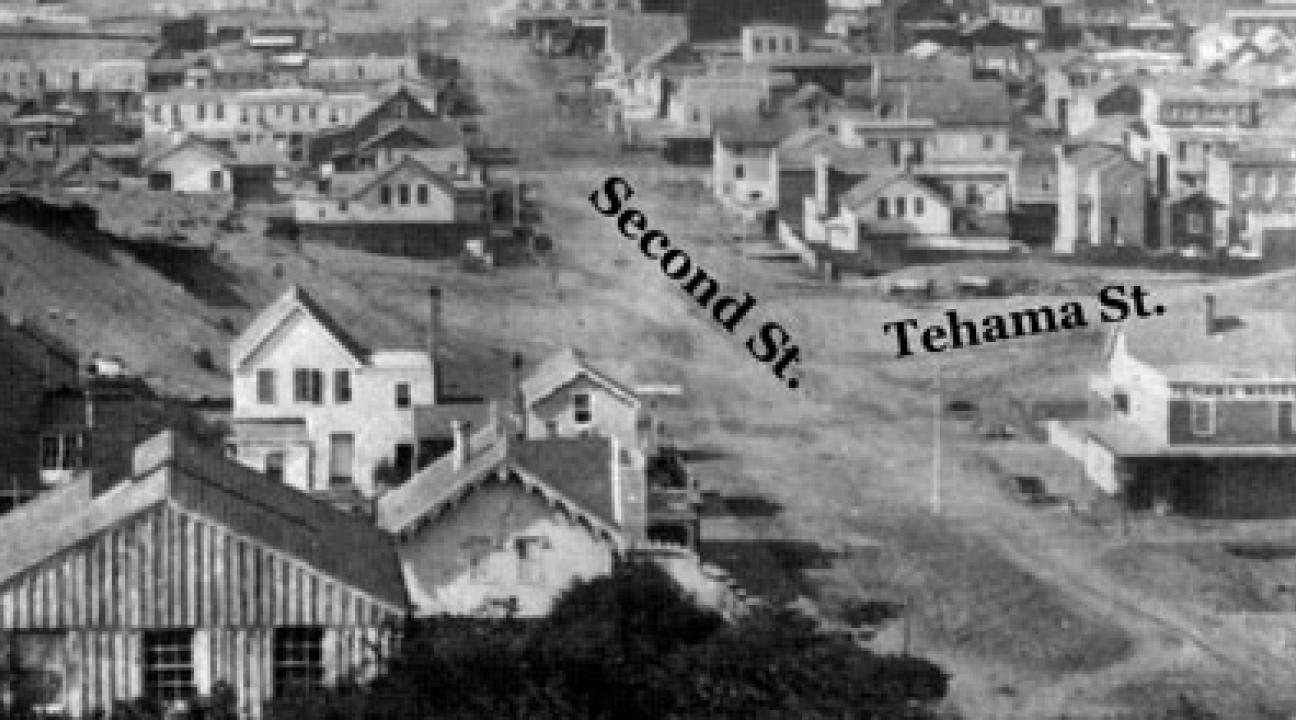41 Tehama Street, San Francisco
Stories Beneath Our Feet
Saloon keeper, music teacher, stableman, blacksmith, candy maker. These were just a few of the occupations of the people who lived on Tehama Street in San Francisco nearly 150 years ago. Where their modest homes once were, now sites a towering high-rise luxury apartment building, known simply as 33 Tehama (San Francisco Planning Department project "41 Tehama Street").
But before this modern designer residence could be erected, archaeological excavations of 19th century privies, outhouses that evolved into garbage pits, were conducted to recover artifacts and other data that would otherwise have been destroyed by construction. These discarded materials gave us a glimpse into the lives of the working and middle class residents that once called this street home.
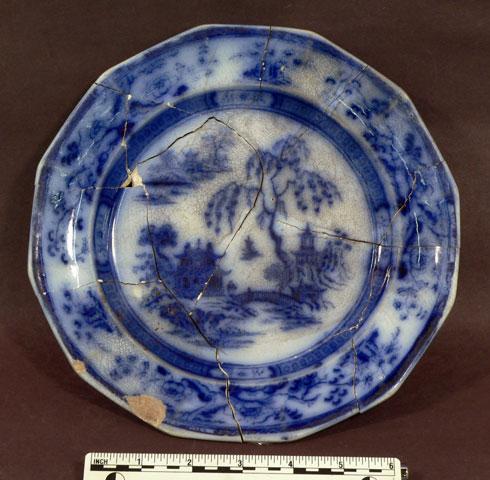
The Neighborhood
"South of the Slot"
The modern, ultra-developed character of contemporary SOMA varies drastically from the district's previous identities. At one time the area was referred to as "South of the Slot," in which "the Slot" referenced the cable car rail that ran down the center of Market Street.
South of the Slot were the factories, slums, laundries, machine-shops, boiler works, and the abodes of the working class [Jack London in The Saturday Evening Post 1909].
Jack London's characterization of the area represents a very distinct period of time but the district has changed and evolved several times since its beginnings in the late 1840s.
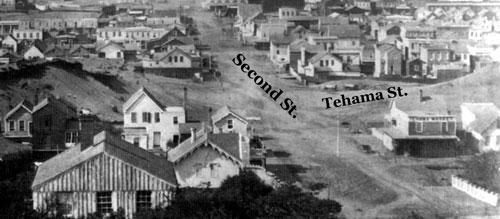
During the Gold Rush the current South of Market area was an expanse of sandhills and wetlands where early gold seekers could put up their tents at no fee. Planners were not content to grow the city on the natural landscape of steep sandhills and valleys, and began to transform the landscape to better suit urban use and growth. Before long, existing terrain was flattened and new land was created by filling in the edges of the bay. The 1850s saw the establishment of the upper part of Rincon Hill as an upscale neighborhood of semi-countrified mansions and cottages for San Francisco's social elite.
Post-Gold Rush San Francisco had enjoyed 15 years of prosperity, from the discovery of the Comstock Lode in 1859 to the economic crash of 1875. Overall, the city's population increased from 150,000 to 235,000 between 1870 and 1880. Much of the increase was concentrated in the South of Market, where living conditions grew more congested as the district absorbed numerous German, Irish, and English immigrants.
The sharp depression of the mid-1870s marked a watershed in the social and economic history of the South of Market. Outside of the wealthy enclave of Rincon Hill, most residents of Tehama Street lived payday to payday, working for wages. A new urban pattern developed in the late 1880s as the economy began to grow again, linked to two emerging technologies: telephone service and electric power. Electrically equipped industrial loft buildings serving new and expanded light industries came to characterize the South of Market, with its printing factories, ink works, and paper fabricators.
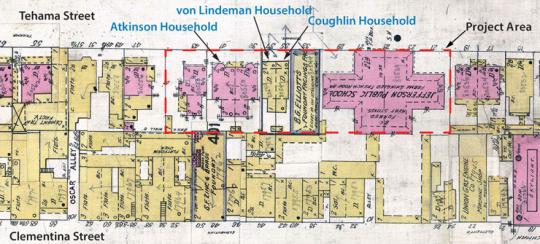
The area between Howard and Tehama contained many lots occupied by temporary buildings and other land lying vacant while property owners waited in hope of erecting substantial loft buildings along this major street artery. Between Tehama and Clementina, buildings were mostly occupied by metalworking industries. In the area bounded by Clementina and First were plating works, a lithograph company, and warehouses. This pattern of light industrial commerce persisted well into the 20th century, but the neighborhood's character is rapidly changing as buildings that once housed light industrial operations are currently being replaced by modern mixed-use residential and commercial high-rises.
Households on the Edge
The excavated artifacts from three of the parcels (35, 37, and 41 Tehama) now occupied by 33 Tehama consisted of discarded household goods derived from three neighboring households who rented duplexes on the border of San Francisco's industrial district. The great variety of residents who lived in these homes exemplifies the mixed socioeconomic character of this area. Despite their differences these families had all immigrated to San Francisco for opportunities and new lives.
Coughlin
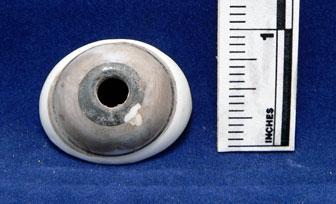
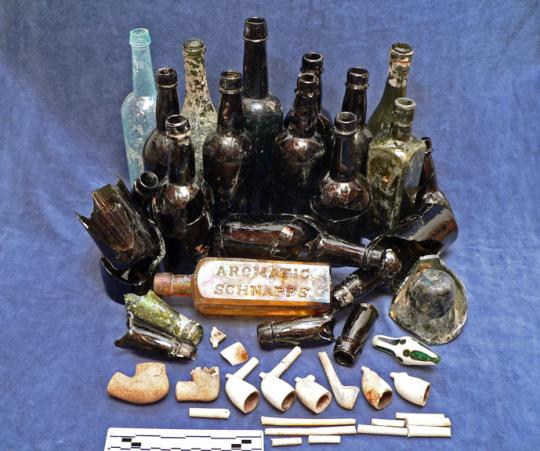
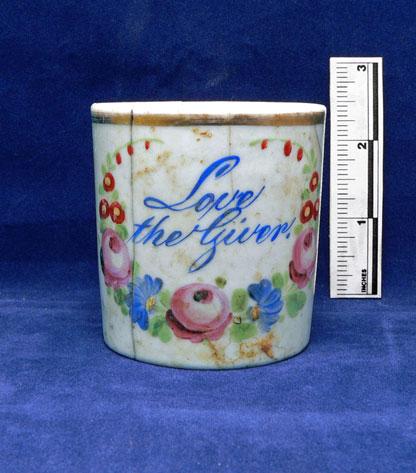
This large, extended Irish Catholic family appears to have stayed together through the generations more out of choice than necessity - it does not seem a stretch to say that they cared about each other. We take the "Love the Giver" mug to represent this family's guiding principle.
von Lindeman
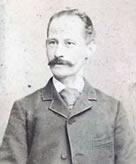
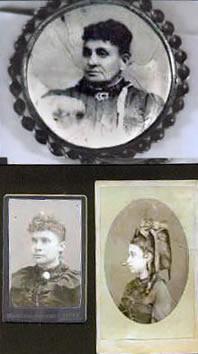
In 1875, Charles was listed as a salesman at J.E. Hammersmith's shop which sold toys, fancy goods and perfumery. He may also have worked as a clerk elsewhere as a second job as he is often listed in city directories under both Otto and Charles, each holding different jobs. While Amanda taught music and languages throughout the period, Otto appears to have changed jobs annually. In 1876, he was listed as a salesman at a dry goods store, and a clerk in 1877. In 1878, he was listed as a clerk as well as a candy maker, and in 1879 a salesman and laborer. After their occupancy of 37
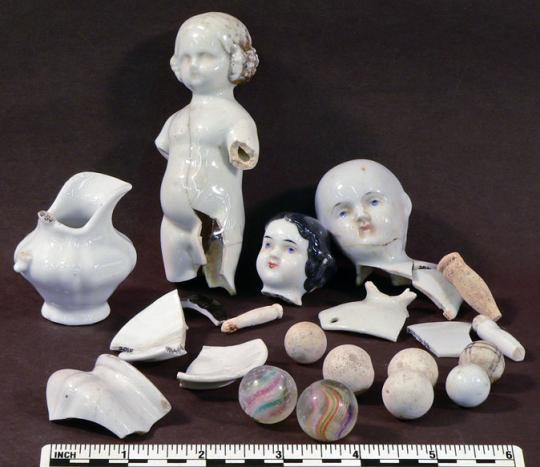
The von Lindeman family moved in 1879 to 165 Perry Street, in a neighborhood of small, densely packed two-story row houses - this was a move down the social-economic scale. While Otto seemed to change jobs regularly, Amanda continued to teach music almost to her death at 92.
Atkinson
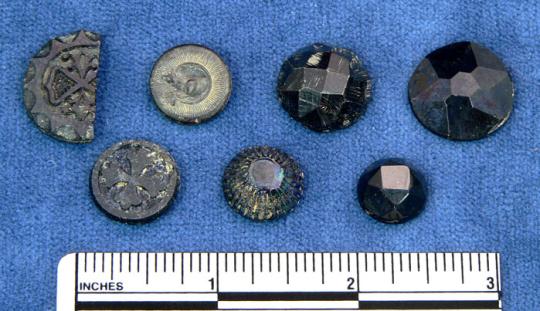
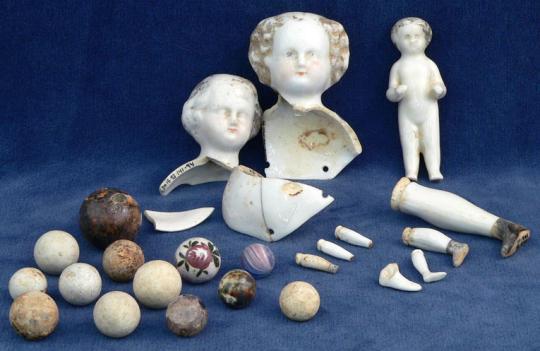
While James Atkinson's business seems to have been doing well when they moved into 41 Tehama, sadly he appears to have been a victim of the depression of the mid-1870s. By 1879 he was declared an insolvent debtor and was court ordered to sell all his property. He moved out of 41 Tehama that year, and was listed as a single boarder in a house on Market Street in 1880. It appears that James Atkinson tended bar for the remainder of his working life. The collapse of his business was accompanied by the breakup of his family. We do not know what happened to Johanna and the children.
An End and a Beginning
These are just brief glimpses into the lives of the people whose stories are a part of SOMA's ever evolving character. There i
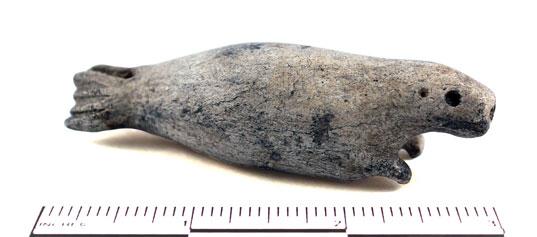
Sources
Date: March, 2018 to March, 2018
Period:
- Historic
Type: excavation, monitoring
Context: CEQA
City: San Francisco
County: San Francisco
State: California
Latitude: 37.78697
Longitude: -122.396177


